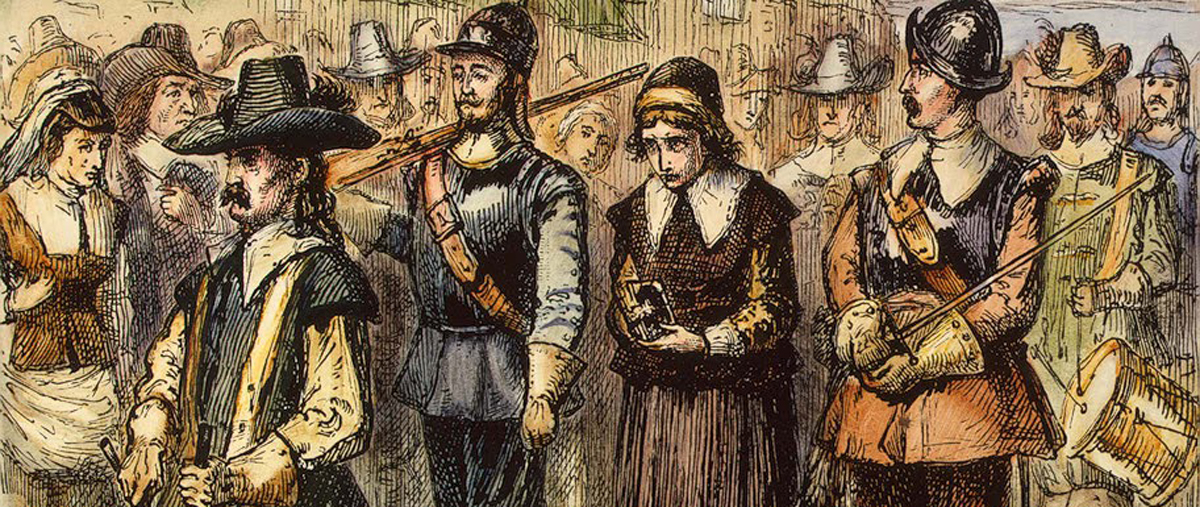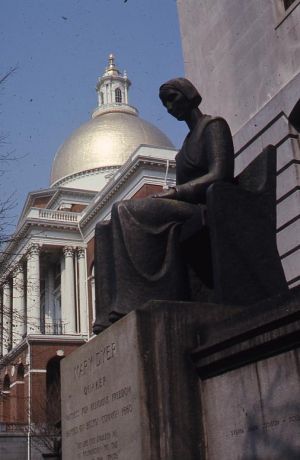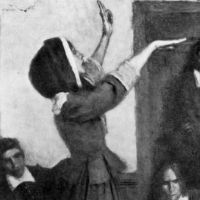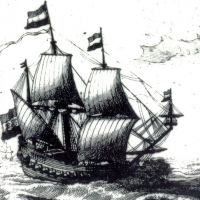Primary Source
From Mary Dyer's letter from prison written the week of October 19, 1659, during the second of her three imprisonments. This was the time she was sent to be executed but reprieved at the last minute and returned briefly to prison.
. . . I leave these Lines with you, appealing to the faithful and true Witness of God, which is One in all Consciences, before whom we must all appear; with whom I shall eternally rest, in Everlasting Joy and Peace, whether you will hear or forebear: With him is my Reward, with whom to live is my Joy, and to die is my Gain, tho' I had not had your forty-eight Hours Warning, for the Preparation of the Death of Mary Dyar. . . .
And know this also, that if through the Enmity you shall . . . confirm your Law, tho' it were but the taking away the Life of one of us, That the Lord will overthrow both your Law and you, by his righteous Judgments and Plagues poured justly upon you who now whilst you are warned thereof, and tenderly sought unto, may avoid the one, by removing the other; If you neither hear nor obey the Lord nor his Servants, yet will he send more of his Servants among you, so that your End shall be frustrated, that think to restrain them, you call 'Cursed Quakers' from coming among you, by any Thing you can do to them; . . .
Oh! let none of you put this Day far from you, which verily in the light of the Lord I see approaching, even to many in and about Boston, which is the bitterest and darkest professing Place, and so to continue as long as you have done, that ever I heard of; let the time past therefore suffice, for such a Profession as bring forth such Fruits as these Laws are, In Love and in the Spirit of Meekness, I again beseech you, for I have no Enmity to the Persons of any; but you shall know, that God will not be mocked, but what you sow, that shall you reap from him, that will render to everyone according to the Deeds done in the Body, whether Good or Evil, Even so be it, saith
Mary Dyar
Online at Notable Women Ancestors website http://www.rootsweb.ancestry.com/~nwa/mdnotes.html#mary.









